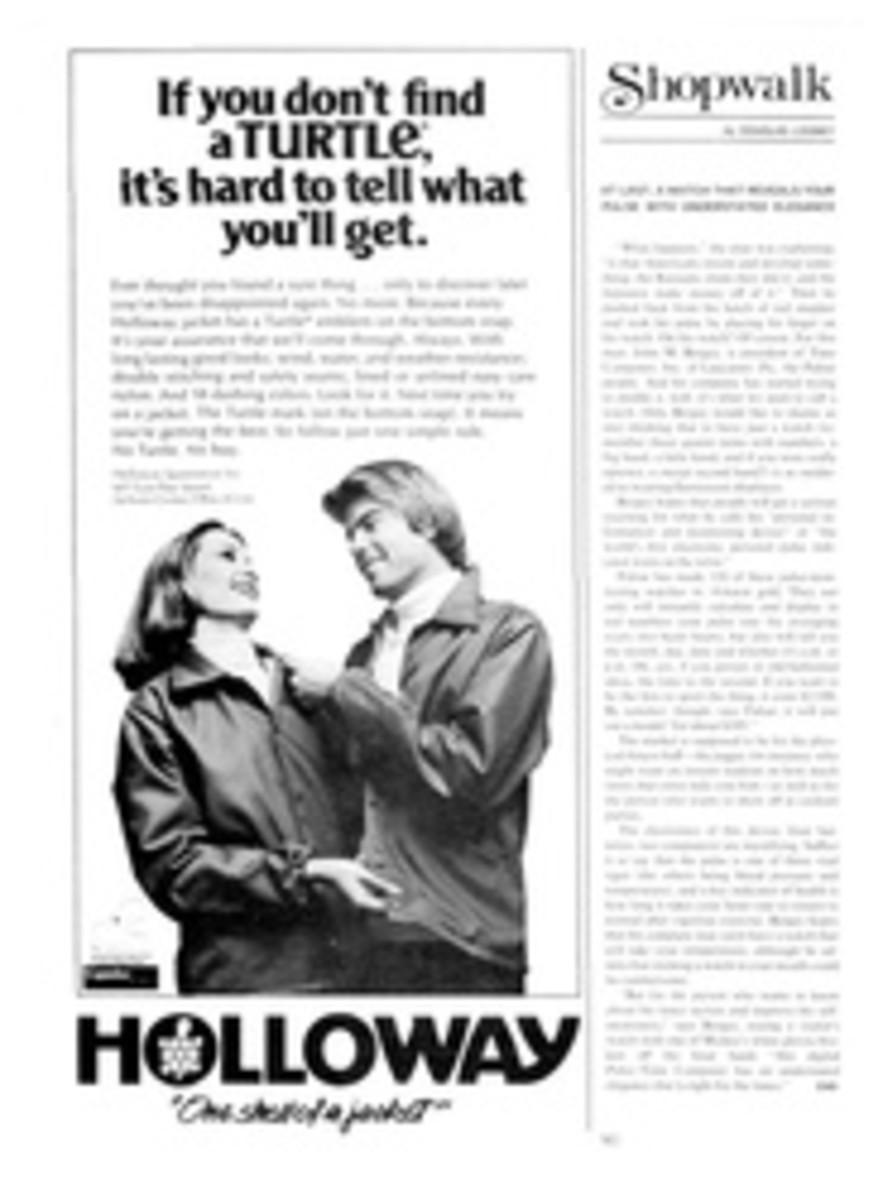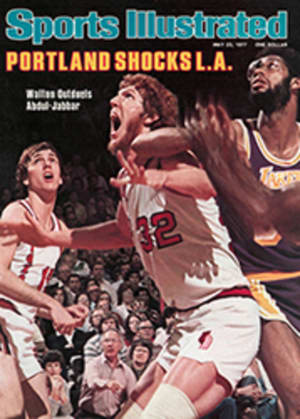
COLLECTORS ARE GETTING A BANG OUT OF INEXPENSIVE ANTIQUE FIREARM KITS
Until recently, collecting antique firearms was rather like buying Picassos or Fabergé eggs—a hobby hardly suited to the man on the street. Take, for example, a 1975 auction at Sotheby Parke Bernet in Los Angeles, at which a matched pair of four-inch-long pocket percussion pistols brought $6,300. At the same auction a German doglock pistol with inlays and engraving brought $11,000, and a Colt Paterson revolver commanded $14,000.
Stiff though these prices may seem, they are trifling when compared with the $312,000 Sotheby's in London got for a French 17th-century flintlock fowling piece created for Louis XIII. It was purchased by New York's Metropolitan Museum of Art and has possibly been viewed enviously by a different breed of collector, a group that has developed something of a mania for reproductions of antique firearms. Educated estimates place the current number of these avid collectors at more than half a million and still growing.
Just as quality prints of old masters have enabled the average citizen to become an art collector, quality replicas of firearms that are faithful in detail, fine in workmanship and inexpensive to buy now make it possible for just about anyone to become a gun collector.
"Besides, few collectors ever fire the authentic period guns they acquire," says one of Sotheby's top armory experts. "Anytime an antique gun is fired, there is a chance that the finish may be affected. Five degrees more or less bluing or browning in the finish can raise or lower the price several hundred dollars." Therefore, one of the joys of owning an exact replica of an antique firearm is that the collector can fire it to his heart's content without diminishing the value of the real thing lying safely in its glass case.
One of the manufacturers of replicas is Classic Arms International. It was founded in 1974, and business has been booming ever since. Paradoxically, Classic Arms traces its success directly to the 1973 recession. Its founder, president and principal stockholder, Paul Romano, 42, had a long and, until 1973, prosperous career in commercial real estate. Then mortgage money dried up, and Romano found himself with extensive property holdings he could neither sell nor finance. He vowed that his next business would involve only "small-ticket" items that were not as tightly tied as real estate to the overall economy.
Guns were his choice, Romano had been a collector all his life and in recent years had acquired several outstanding antique firearms at four-figure prices. The idea of making reproductions of them intrigued him.
"We are manufacturing a better product for less money right here in America, where many of these guns originated," he says. "Some manufacturers get parts from Europe, but our trademark is 'Made entirely in the USA—lock, stock and barrel.' "
Romano began producing his own replicas on a limited scale in a small factory in Valley Stream, N.Y., but Classic soon outgrew that plant and in January 1975 moved into an empty 10,000-square-foot factory in Palmer, Mass. that had once produced submarine nets for the Navy. A year later that space had been expanded to 30,000 square feet.
Romano's first replicas were of an Ethan Allen Pepperbox, a revolving four-barrel that was used extensively by gold miners and merchants in the 1840s, and a New Orleans Ace, a single-barrel from the same era that was popularly known as "the original gambler's companion."
The response to these weapons was beyond Romano's wildest dreams. His first ads brought in 80,000 orders. More important, a large percentage of those who ordered one gun ordered a second.
Classic produces replicas of four guns, with a fifth, a Derringer adapted to black powder, due shortly. It also sells a replica of the Coffin Bowie knife and literally tons of silver and brass ornamental belt buckles commemorating everything from Coors beer to exorcism. Gun production alone amounts to from 400 to 600 units a day and is backordered by more than two months. Classic has helped lower the unemployment rate in Palmer from 14% to 7.4%.
The reasons for this remarkable success are several, not the least of which is the quality of the products. The guns are not toys, but beautifully machined, precision-tooled products. Depending upon the model, each part undergoes anywhere from five to 15 separate operations, all parts are interchangeable within a given model and all pertinent tolerances are held at less than .005 of an inch.
The surprisingly low cost is another reason for the popularity of Classic's guns. The least expensive model, the New Orleans Ace, sells for $29.95 in kit form, $44.95 completely assembled. The three-barrel Duckfoot, an unusual multiple-shot gun made popular by sea captains who used it to help keep crews in line in the late 18th century, sells for $36.95 for the kit, $54.95 assembled. The double-barrel Snake Eyes, also known as "The Deadly Deuce," a pearlite-handled copy of the favorite persuader of Mississippi riverboat gamblers, goes for $39.95 in kits. $59.95 assembled. One of the most expensive models is the four-barrel Ethan Allen Pepperbox, priced at $44.95 in a kit and $69.95 assembled.
The appeal of the kits has been enormous. They outsell completely assembled models by more than 10 to one. The lower cost of the kits is only one reason. Many hobbyists enjoy fitting the parts together, sanding the wood and buffing the metal.
Even in kit form the Classic guns are actually 90% completed, fully inletted, drilled and tapped, and require no particular skill, only patience, to assemble. A file, a screwdriver and fine sandpaper are more than adequate to do the job.
"The parts come out like pieces of jewelry," says Neil Gage, Classic's chief design engineer. "Once they have gone through all the machinery, every part is carefully inspected. The guns we build are actually much better in quality and workmanship than the originals. If you paid $500, you would not find any more technical quality control than you get in a Classic gun for $29.95."
Inquiries may be addressed to Classic Arms International, Ltd., 547 Merrick Rd., Lynbrook. N.Y. 11563.

